
Sleep Glycolic
Medik8
$78.00
Exfoliation Basics
Nailing this step in your skincare routine can have a significant impact on your complexion. The right exfoliating product will remove dead and dulling skin cells, environmental buildup and minimise the signs of congestion revealing radiant skin, promoting clear, healthy skin plus reducing the look of fine lines and wrinkles.
There are two ways to exfoliate - physical or chemical - and the best for your skin will depend on your skin condition or personal preference. For most people, once or twice a week is plenty of exfoliation. It can be easy to over do it, so we recommend less than more! With the introduction of over the counter acid “peel” products in the last decade we’ve seen an increase in compromised skin barriers and highly sensitised skin due to an over use of these products.
A disrupted skin barrier can result in a variety of different symptoms such as itchy, red inflammation and dry, flaky skin which can feel sore to touch – even burns. Breakouts can occur too, especially if they look like clusters of small red spots, almost like a rash. Thinning of the skin is another symptom of barrier damage, which in turn will lead to an increased risk of pigmentation and premature ageing. Which is why it’s so important not to overdo it!
Manual or physical exfoliation
Manual exfoliation is when you use a scrub, dry brush or wash cloth to manually buff off dry skin and dead skin cells from the top layer of your skin. For people with sensitive skin conditions, rosacea, eczema, psoriasis or some types of acne, manual exfoliation is not ideal. It is best for dry, combination or oily skin types. With manual exfoliation you always want to use gentle pressure. Our top picks at FENN include Maryse Manuka Leaf Exfoliating Polish, Lesse Refining Cleanser.
Emma Lewisham’s Illuminating Exfoliator is a gentle and easy to use product with a combination of plant based AHA’s, BHA’s for a chemical exfoliation plus granules for physical exfoliation. An ideal product to introduce your skin to chemical exfoliation.
Chemical Exfoliation
Chemical exfoliation is when a chemical exfoliant is used to loosen up the glue that holds the cells together, sloughing off the loose cells. Chemical exfoliants are generally referred to PHA’s, AHA’s or BHA’s or you’ll see them on labels as glycolic acids, lactic acid, mandelic acid, salicylic acid or fruit enzymes. Exfoliating acids have fast become staples in our beauty regimes because of their proven ability to resurface the skin, without the damage that often comes hand-in-hand with mechanical, or ‘scrub’ exfoliators.
These chemical exfoliants work in two ways: by lifting off the build-up of dead cells on the skin's surface to reveal a brighter, smoother complexion (in the case of alpha hydroxy acids, or AHAs), or by penetrating into the pores to shift build-up and help clear breakouts (in the case of beta hydroxy acids – BHAs).
AHAs are water soluble, meaning they can’t penetrate through the skin’s natural oils. For this reason, they’re mostly used for their exfoliating properties on the skin's surface, or stratum corneum. They are great for helping to even out skin tone, lift pigmentation and fade scarring. Some AHAs, such as lactic acid, also act as a humectant, which means they will attract hydration to the skin.

...
Really the only used BHA in skincare is salicylic acid, so when products contain a BHA, they are likely referring to it containing salicylic acid, which can be derived from natural sources such as willow bark extract. BHAs are oil soluble, meaning that they have the ability to penetrate deeper into pores, really helping to clean out and dissolve excess sebum build-up, so if you have an oilier, blemish-prone skin, salicylic acid is a great treatment.
Remember to be mindful of the other active ingredients (such as retinols and vitamin c) in your skincare line-up. Too many highly active ingredients can also result in an imbalance within the skin, causing irritation and breakouts. As a rule of thumb we recommend that on the days you choose to include AHAs in your routine, avoid products containing Vitamin C and retinol immediately after, allowing your skin to work with a single active ingredient at a time, therefore reducing the risk of overstimulation causing adverse reactions.
FENN top picks for chemical exfoliation are Medik8 Sleep Glycolic, Josh Rosebrook Enzyme Exfoliator Mask & Medik8 Press & Glow.
The Medik8 in particular is a firm FENN favourite as this chemical exfoliant treatment contains PHAs (Polyhydroxy acids). PHAs are made up of larger molecules than AHAs and BHAs, meaning they do not penetrate into the skin as deeply and instead exfoliate the surface of the skin. This makes PHAs the perfect match for those even with sensitive skin, who want to achieve true daily exfoliation while keeping the skin barrier healthy.
Body Exfoliation
Our body can generally handle and benefit from a stronger manual exfoliant. We recommend Sans Ceuticals Bio Active Body Exfoliant or a classic dry body brush which has added benefits of stimulating your lymph system which is integral for detoxification and circulatory health. Sometimes body skin may require extra exfoliation support with a chemical based exfoliant for conditions such as keratosis pilaris (white bumps/ blocked pores generally on upper arms) or body acne on chest, back and buttocks. Generally salicylic or mandelic acids are used to treat these conditions.
Facial treatments at FENN also generally include a few forms of exfoliation such as microdermabrasion and chemical exfoliation formulas which are best done by a professional who can safely administer and manage these stronger formulations by timing and monitoring their application to ensure skin isn't damaged.
Our therapists are cautious in their application of exfoliators as our approach is to support skin barrier health not strip it away aggressively. In any of our treatments we have a range of exfoliation methods available that can be substituted to suit your skins’ needs at the time.

Sleep Glycolic
Medik8
$78.00
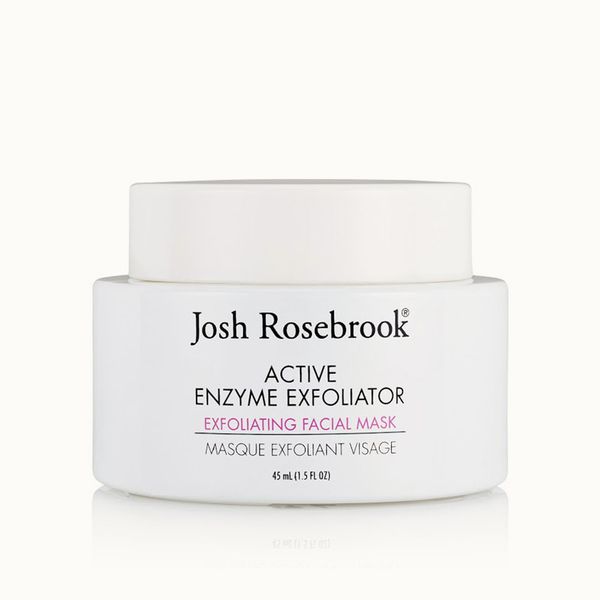
Active Enzyme Exfoliator
Josh Rosebrook
$121.00
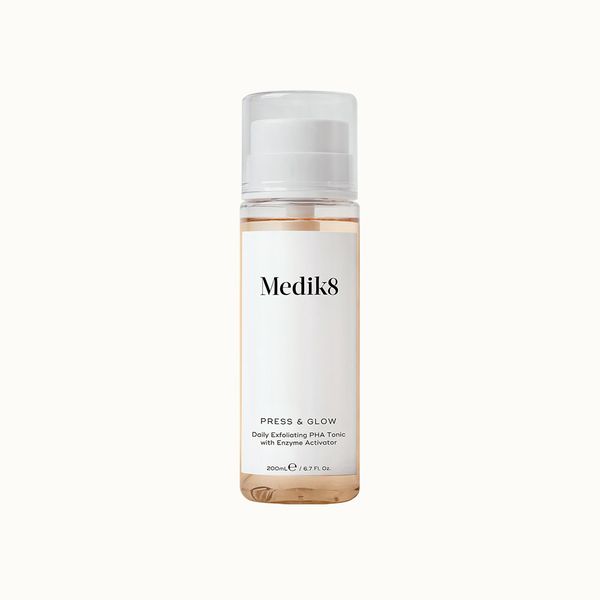
Press & Glow
Medik8
$60.00
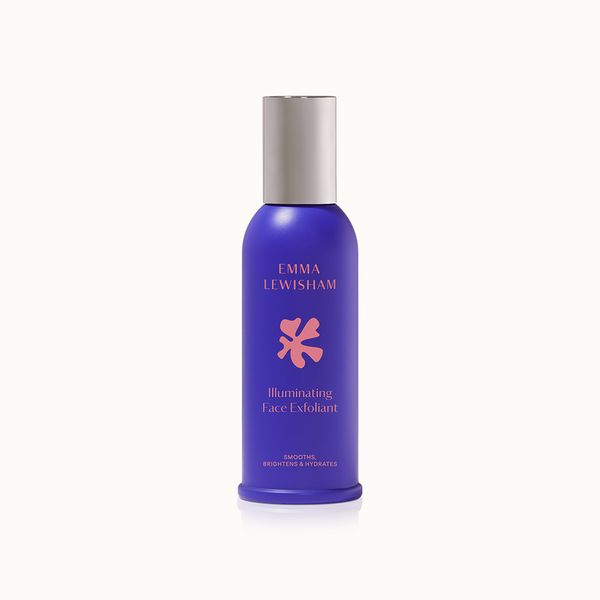
Illuminating Exfoliant
Emma Lewisham
$89.00

Manuka Leaf Exfoliant
Maryse
$58.00
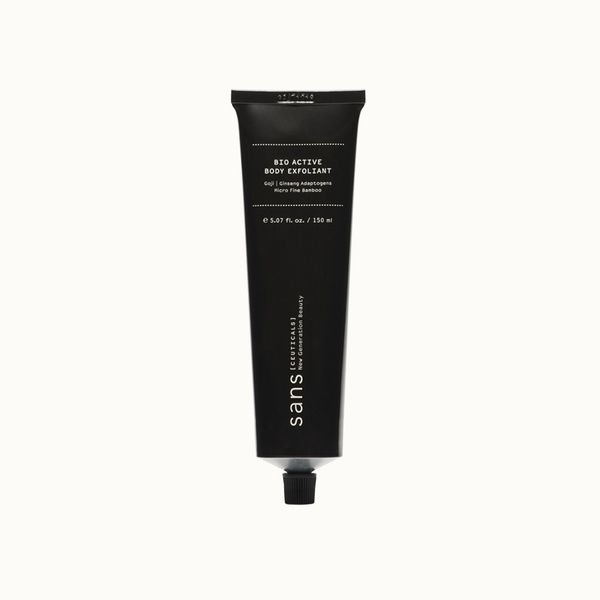
Bio Active Body Exfoliant
Sans Ceuticals
$53.00
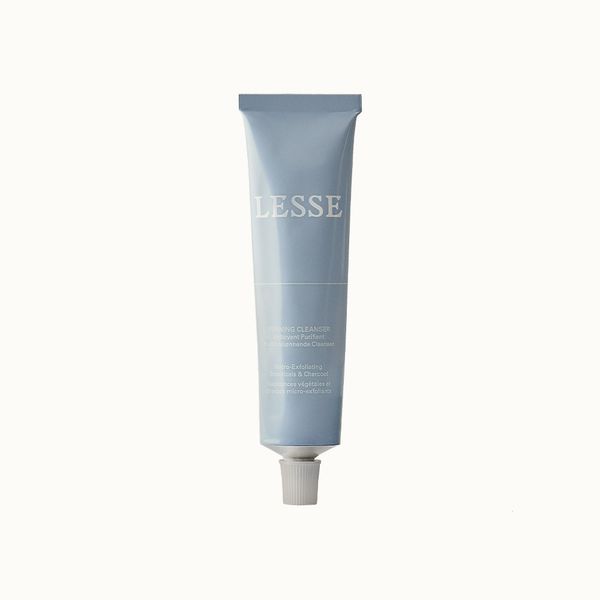
Refining Cleanser
Lesse
$95.00